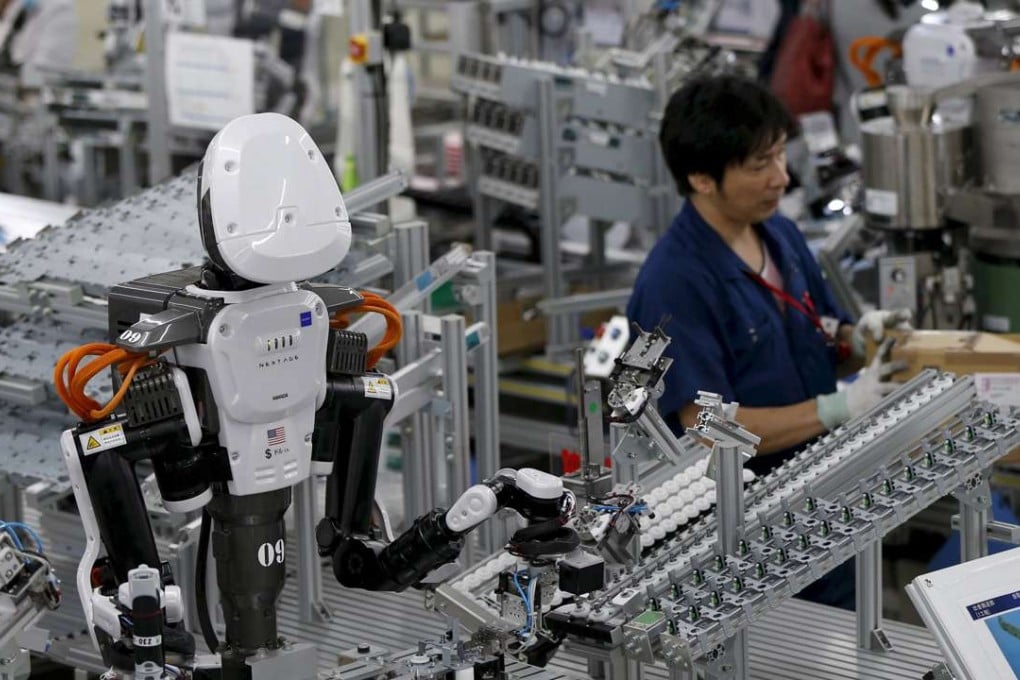Can Hong Kong keep up with the rise of the robots?
Japan is leading the field, but experts believe the city has the potential to exploit the technology just as well, if not better

In a classic scene from science-fiction thriller i, Robot, mass-produced NS-5 humanoid robots churned out from the production line assert control over the human race after a self-evolving supercomputer governing their behaviour goes rogue.
The film is set in 2035, and while such prospects may sound far-fetched in 2017, alarm bells were set off recently when a Japanese insurance firm sacked 34 staff to make way for an artificial intelligence system.
The computer software, manufacturer IBM claims, is a cognitive technology that can “think like a human”, and the company that adopted it aimed to achieve 30 per cent extra efficiency when calculating insurance payouts for clients.
Japan has been a leading nation for embracing innovation and technologies, leaving its Asian neighbours – and perhaps even the world – in the dust.

Professor Michael Wang Yu from Hong Kong University of Science and Technology said there had been a very strong sense of the need to build an innovation ecosystem.
“The [Hong Kong] government has been trying to demonstrate more mature technologies that could be helpful for some local companies … I mean robotic technologies that have been tested out already and utilised somewhere else,” he said.